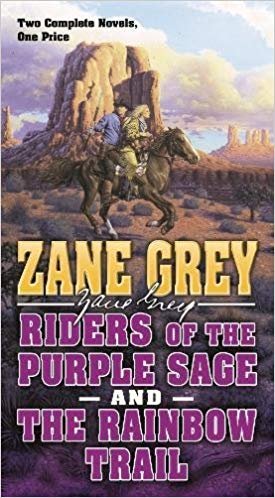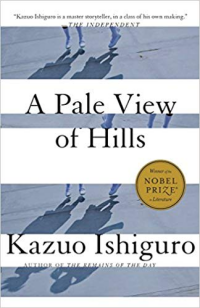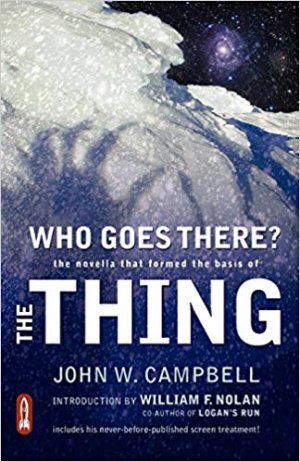This is the fourth in an ongoing series of StoryCrafting/StoryTelling posts I’m publishing for my own benefit; explaining something helps me determine if I’ve truly learned it or am simply parroting what others have offered. I learn my weak spots, what I need to study, et cetera.
Previous offerings include:
- Atmosphere is…
- Character is… (Part 1)
- Character is… (Part 2.1) – Exposition is…
And note that I’ll update/upgrade/edit these posts as I learn more.
Description – Second most economical, second least effective. If you must provide a list of details, make the last one explosive, eye-catching, something highly contrasting with the previous, preferably bland, descriptive details.
Imagine you’re going to cook a specific dish for some reason. I’ll choose Fettuccine Alfredo because I made it for Susan last night.Start with a list of ingredients:
- light cream
- milk
- butter
- flour
- parmesan
- ground pepper
- salt
- red pepper
- chicken
- garlic
- heavy cream
- ricotta
- romano
- asiago
Good and not enough. If I dumped them all into a pot it wouldn’t be very good Fettuccine Alfredo. You can have all the ingredients but you have to put them together correctly to get the desired outcome.Ingredients must be in the correct order to get the desired result.
What I need next is the order of putting it all together:
Greetings! I’m your friendly, neighborhood Threshold Guardian. This is a protected post. Protected posts in the My Work, Marketing, and StoryCrafting categories require a subscription (starting at 1$US/month) to access. Protected posts outside those categories require a General (free) membership.
Members and Subscribers can LogIn. Non members can join. Non-protected posts (there are several) are available to everyone.
Want to learn more about why I use a subscription model? Read More ch-ch-ch-ch-Changes Enjoy!





